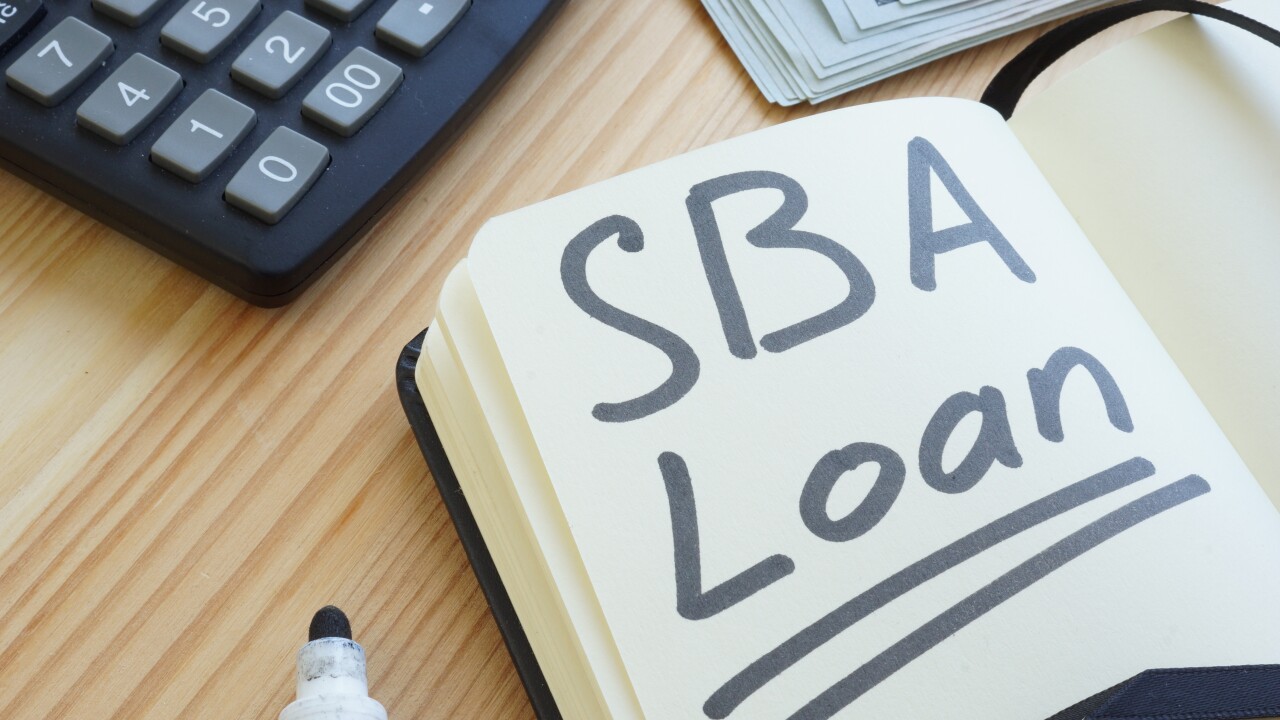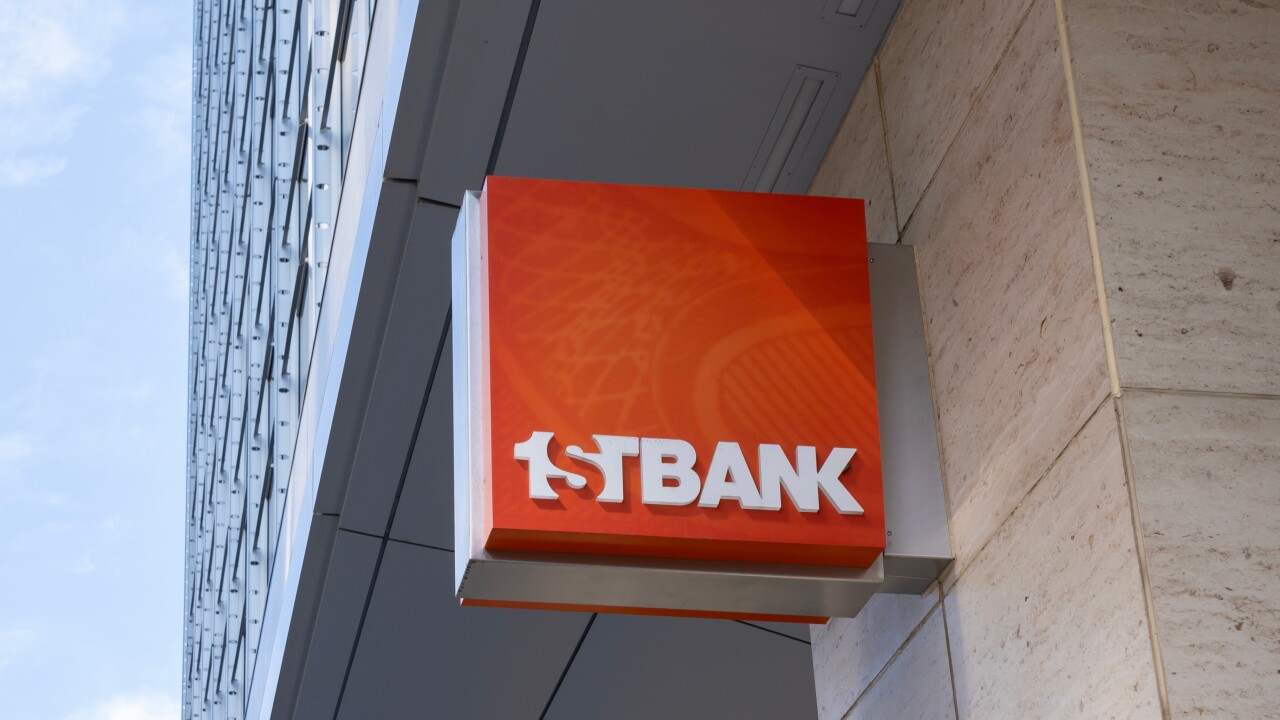As mobile payments fuel financial services in countries where traditional banking infrastructure is underwhelming, many in the payments world applaud.
But Ather Williams, the head of global transaction services for Bank of America Merrill Lynch, instead sounds a note of caution. Where others see long overdue payments progress, Williams sees new oceans of interoperability problems.
Markets with massive economies and fast growing mobile payments penetration, such as China,
I just spent the last two days at the Nacha board meeting, Williams said, adding SWIFT and the Fed and numerous other industry organizations are talking about the imminent lack of global payments interoperability. Williams positioned it as a Beta versus VHS moment, referring to a decision among major video cassette recorder vendors in the early 1980s that its industry would suffer if they didnt all fall in line behind one standard.
Williams argues the U.S. in particular must make some huge structural changes with payments. We need to agree on an alias and tokenization system for all accounts. The idea that were using account numbers and routing numbersall printed right there on the checkthats sort of insane, he said. If I can send you a text message knowing your phone number no matter where you are in the world, then I should be able to send you money in a similar manner. Then again, he said from the bank perspective, we still run things in batches.
Nick Holland, director of payments at Javelin Strategies, both agreed and disagreed with Williams. He agreed that much of today's payments mechanisms "do not make a lot of sense in this day and age" and that "the existing rails are 60-plus years old."
But, overall, Holland said there do exist global standards and that today's payments problemseven globallyare not that huge. "Are things like wire transfers clunky? Yes. But do they work? Yes. These systems work OK, with the downside being that they are very slow. There is a problem in that it takes several days for a wire transfer. There is a need to speed up those transaction systems." Holland is far from alone in
As for Williams' comment that this issue was discussed for two days at a Nacha meeting last week, Holland quipped: "Nacha? They're still bickering over ACH. To some extent, this is solved outside the U.S. already. Nacha doesn't need to reinvent the wheel."
Williams also sang a similar tune that many retailersespecially the early supporters of MCXhave sung about payments, namely that the industry missed its chance to make wholesale changes in payments processing in the mid-1990s, when e-commerce was born out of the popularization of the Web.
How do we make payments more seamlessly embedded? How to make the commerce experiences much more easily integrated into the banks? Williams said in a phone interview from his New York City headquarters, adding We created this problem and the recognition has finally happened within the banks. We need to rethink the rails, especially because the next 2 billion consumers are coming from outside the U.S.
Although the solution to the interoperability payments problem Williams references is still being soughtthey dont call standardization mechanisms glacial for nothingthere exist two forms of current payments authentication that might be a good foundation.
The first is leveraging the many authentication clues possible in a mobile transaction. That falls into three categories: biometric (fingerprint, voiceprint, ear shape, pressure and means of typing, etc.); Geolocation (where the phone is, possibly where the retailer is, where the phone is supposed to be, etc.); and phone specs (OS version, names of apps installed, frequently e-mailed friends, etc.), which is more about identifying the phone rather than the consumer.
The second is the next version of the fraud detection systems already being used by processors and banks, where deviations from a normal shopping pattern triggers an alert. This transaction seems like something youve done, Williams said. Mobile is going to be a key component. We can get there if we take a leap of faith. (Authentication) is a constant arms race.





